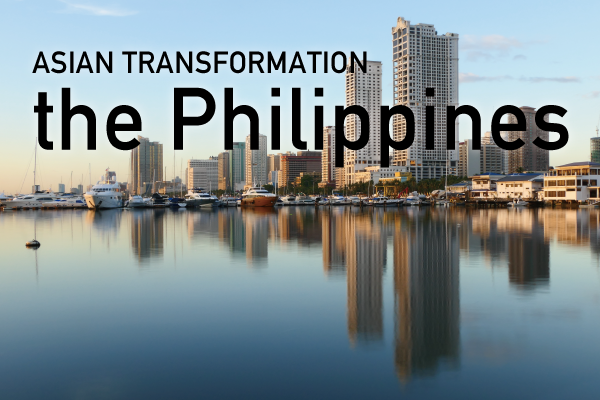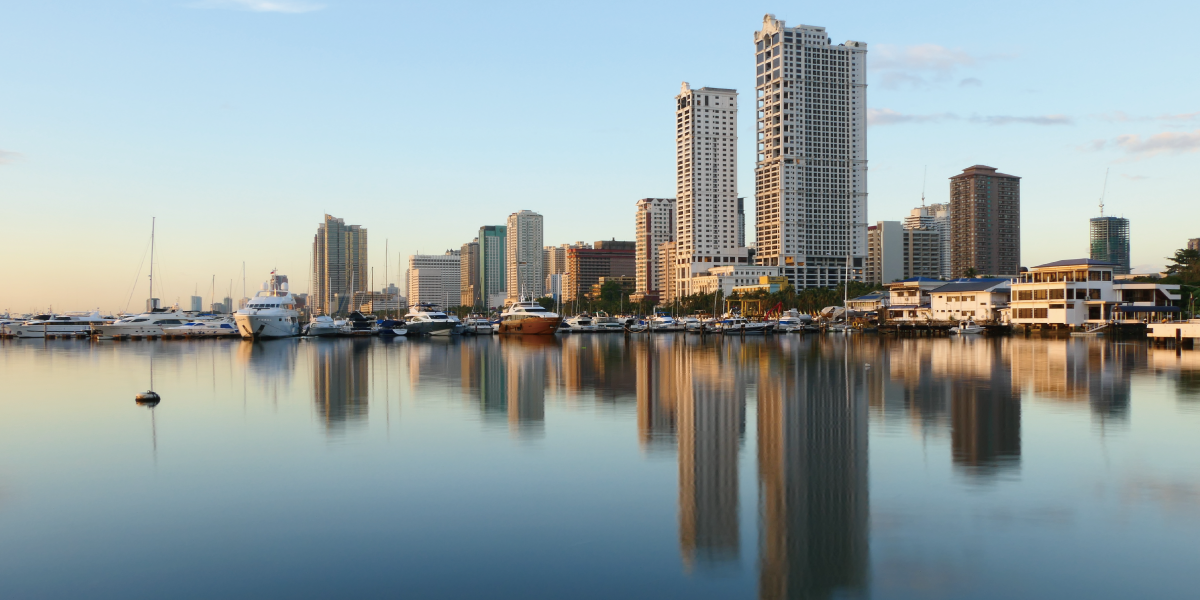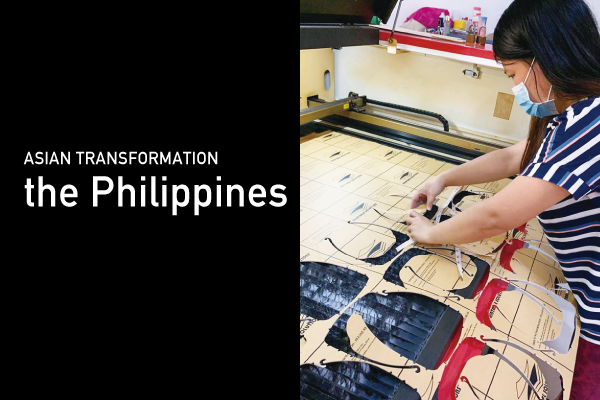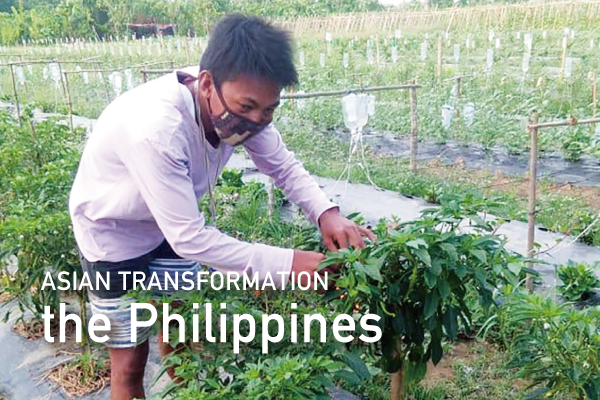- Information for Teachers
ASIAN TRANSFORMATION >> the Philippines
2021.07.08

A five-hour plane ride south-southwest from Japan takes you to the Republic of the Philippines (commonly known as the Philippines).
An island nation with more than 7,000 islands, it is about 80% the size of Japan and has a population of approximately 190.98 million people, making it a country that Japanese people may feel somewhat familiar with.
In fact, many people work in Japan and many foreign students for research purposes can be found at universities and research institutes.
Many young people are leaving their home countries and seeking opportunities abroad.
On the other hand, this phenomenon also means that many promising young people are leaving their home countries.
The Philippines, which has experienced rapid population growth and remarkable economic development, is now reaching a turning point in its history with many challenges.
great power that presides over the affairs of state
The Philippines faces a great many challenges. These include the outflow of talented human resources, environmental issues such as the garbage problem caused by rapid economic development, and poverty, which is becoming more apparent as the standard of living improves. In this environment, entrepreneurial activities are flourishing in the Philippines. However, since there are few major companies in the Philippines and employment opportunities are limited, people often start their own businesses out of necessity to make a living, but in terms of the many challenges, one could say that there are also many opportunities.
Fostering a new understanding of "Entrepreneur".
Entrepreneur generally refers to an entrepreneur or a person who starts a business. It is no wonder that there are so many entrepreneurs in the Philippines. However, what is important is the "purpose" of entrepreneurship. Looking at the current industrial structure of the Philippines, the service industry, such as call centers, accounts for 60%, the remaining 30% is in the mining industry, and 10% is in agriculture.
In other words, on top of traditional industries, new IT and other technologies are being utilized, and business with foreign companies is thriving, while the country itself has few science- and technology-based industries such as pharmaceuticals and manufacturing. Industries based on science and technology are very important for any country. Not only will they create many jobs and become a source of national strength, but they may also help solve problems in their own countries through technology.
The Philippines is now trying to nurture entrepreneurs who understand science and technology, recognize many issues, and then try to create new value for society.
Entrepreneurship education" and "global education" have started at many universities and private high schools in Japan. It is difficult to specify the kind of human resources that should be aimed for. However, a hint may be found in the Philippines, which is currently undergoing a major transformation.
In this issue, we spoke with Dr. Josette Villot of the Philippine Department of Science and Technology's Institute of Science Education and Ms. Lorileen Dacioag, a startup company that is taking on the Philippines' challenges, to explore the state of entrepreneurship and its development in the Philippines.
Related Articles


